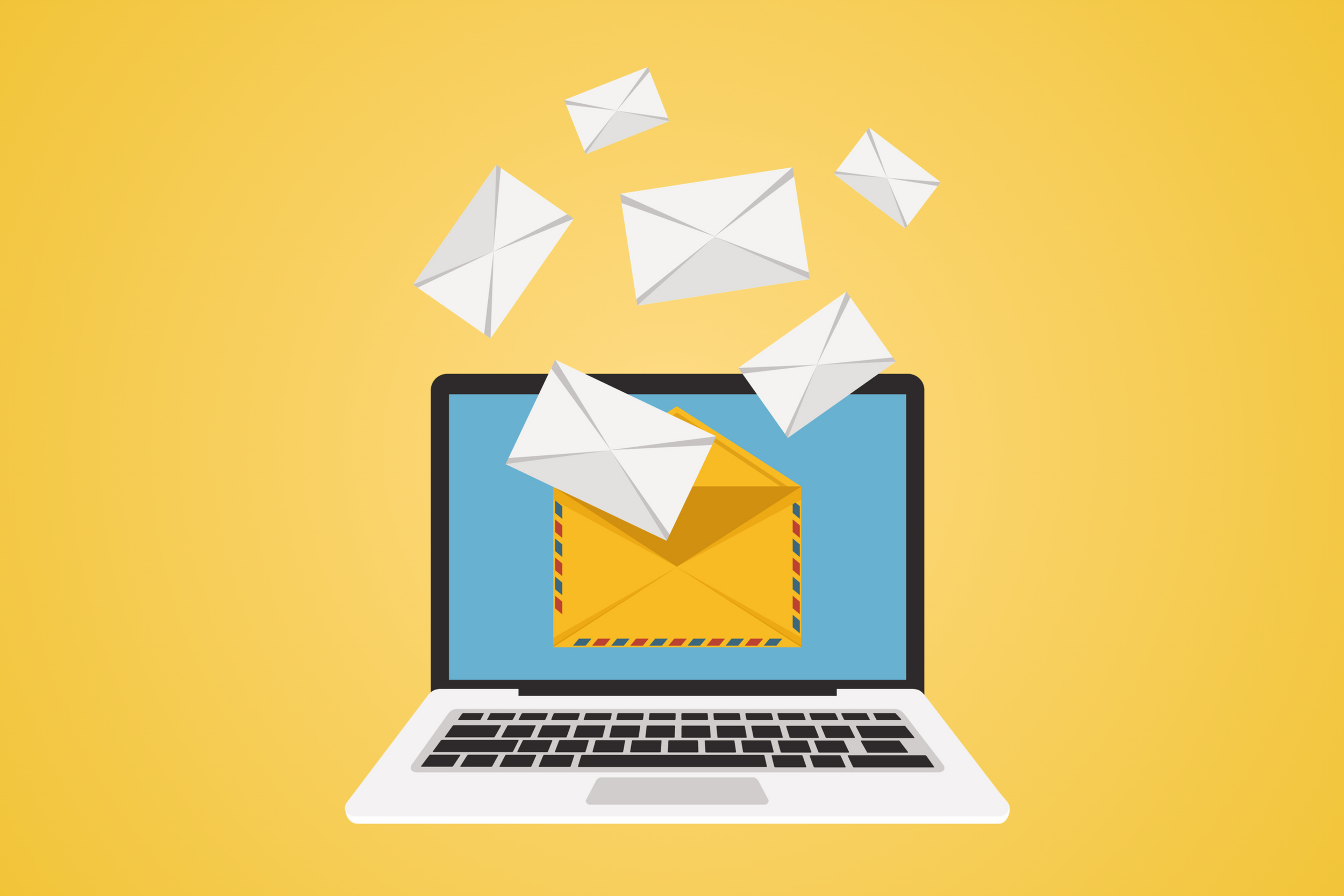Startups often focus on being different, but this can hurt your marketing. Learn how value-focused messaging drives growth, with a case study on Verizon FiOS.
New Companies Love to Be Different
I’ve worked with startups and growing companies long enough to spot a common theme: everyone wants to explain how they’re different. In fact, some founders believe the more different they are, the better.
But the reality is more nuanced.
There are two truths here:
- Being too different can backfire.
- Customers don’t buy products because they’re different. They buy products because of the value they provide. Period.
Let’s break that down.
Case Study: The Verizon FiOS Problem
Let’s talk about what happens when you’re too different. You may have heard the phrase "ahead of its time." That’s what happened with Verizon FiOS.
When FiOS first launched in the early 2000s, it offered unmatched internet speeds using fiber-optic cables. On paper, it was a game-changer. In practice, it faced massive delays. Why?
Because FiOS was so different, many buildings and municipal infrastructures simply weren’t equipped for installation. According to The Verge and Wired, Verizon had to pause expansion in numerous cities due to high installation costs and logistical issues. Even in places where FiOS was available, many consumers didn’t feel the need for faster internet—they didn’t yet understand the benefit.
As a result, adoption was slow. Years passed before FiOS became the standard in certain markets.
Being too different made it hard to implement and even harder to sell.
Being Too Different Makes Your Product Unapproachable
Your brain is an efficiency machine. As Daniel Kahneman explains in Thinking, Fast and Slow, we rely on cognitive shortcuts and assumptions to move through the world. When something deviates too far from what we already know, it becomes mentally expensive to process. It can feel untrustworthy, risky, or just irrelevant.
If your product or message is too unfamiliar, the default reaction isn’t curiosity—it’s confusion or resistance.
And here's the kicker: if you're marketing something wildly new, you’ll need a massive budget to educate your audience. Without that? You risk fading into the background. Even great products can fail if they don't match customer mental models.
Customers Only Care About Themselves
Here’s the main thesis behind Messy Desk:
Customers don’t care about your product. They care about what your product does for them.
That’s it.
You could have the most innovative technology on Earth, and still no one buys it, because it doesn’t speak to their needs.
Here are some common examples:
- “An unprecedented AI system that automates taxes” vs. “An AI system that saves you time and money on taxes.”
- “An app that supports the aging population” vs. “An app that helps caregivers avoid burnout.”
- “A hormone-tracking platform” vs. “A productivity tool that adapts to your hormonal cycle.”
See the difference? The first headline is about you. The second one is about them.
Your Differentiator Should Be in the Value
Instead of shouting about how unique your widget is, frame the conversation around what the customer gets out of it. Then, let your differentiation show through the experience of value.
Because at the end of the day, no one cares how your car engine works. They care that it gets them there faster, safer, and cheaper.
So don’t focus on being different. Focus on being useful.

.webp)



.webp)










.avif)
.avif)